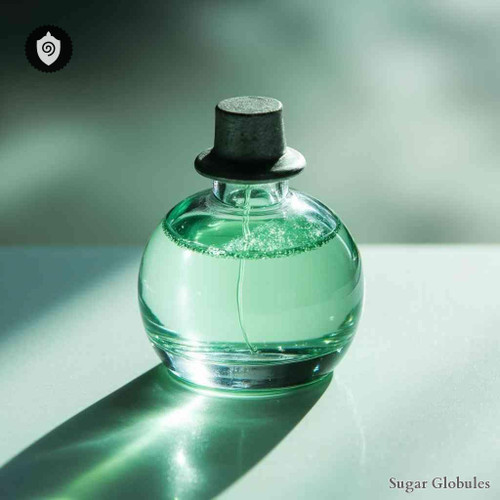Origin - Synthetic
Chemical profile - Hydrocarbons, chlorine atoms
Classification - Organic compounds
Use - Recognized in energetic homeopathic (nonmedical) practices
Description - Polychlorobiphenylum, derived from synthetic processes, belongs to the class of chlorinated hydrocarbons. Its structure is characterized by multiple chlorine atoms attached to biphenyl rings, contributing to its stability and persistence. Symbolically, its properties have made it significant in industrial applications. Documented for its molecular and structural significance. Known for its phytochemical diversity. Valued for its structural traits in botanical sciences. Studied for its complex natural constituents. Profiled in studies for structural and chemical significance. Glance at related alternatives - Initiate Remote Imprint Channel.
Chemical profile - Hydrocarbons, chlorine atoms
Classification - Organic compounds
Use - Recognized in energetic homeopathic (nonmedical) practices
Description - Polychlorobiphenylum, derived from synthetic processes, belongs to the class of chlorinated hydrocarbons. Its structure is characterized by multiple chlorine atoms attached to biphenyl rings, contributing to its stability and persistence. Symbolically, its properties have made it significant in industrial applications. Documented for its molecular and structural significance. Known for its phytochemical diversity. Valued for its structural traits in botanical sciences. Studied for its complex natural constituents. Profiled in studies for structural and chemical significance. Glance at related alternatives - Initiate Remote Imprint Channel.







